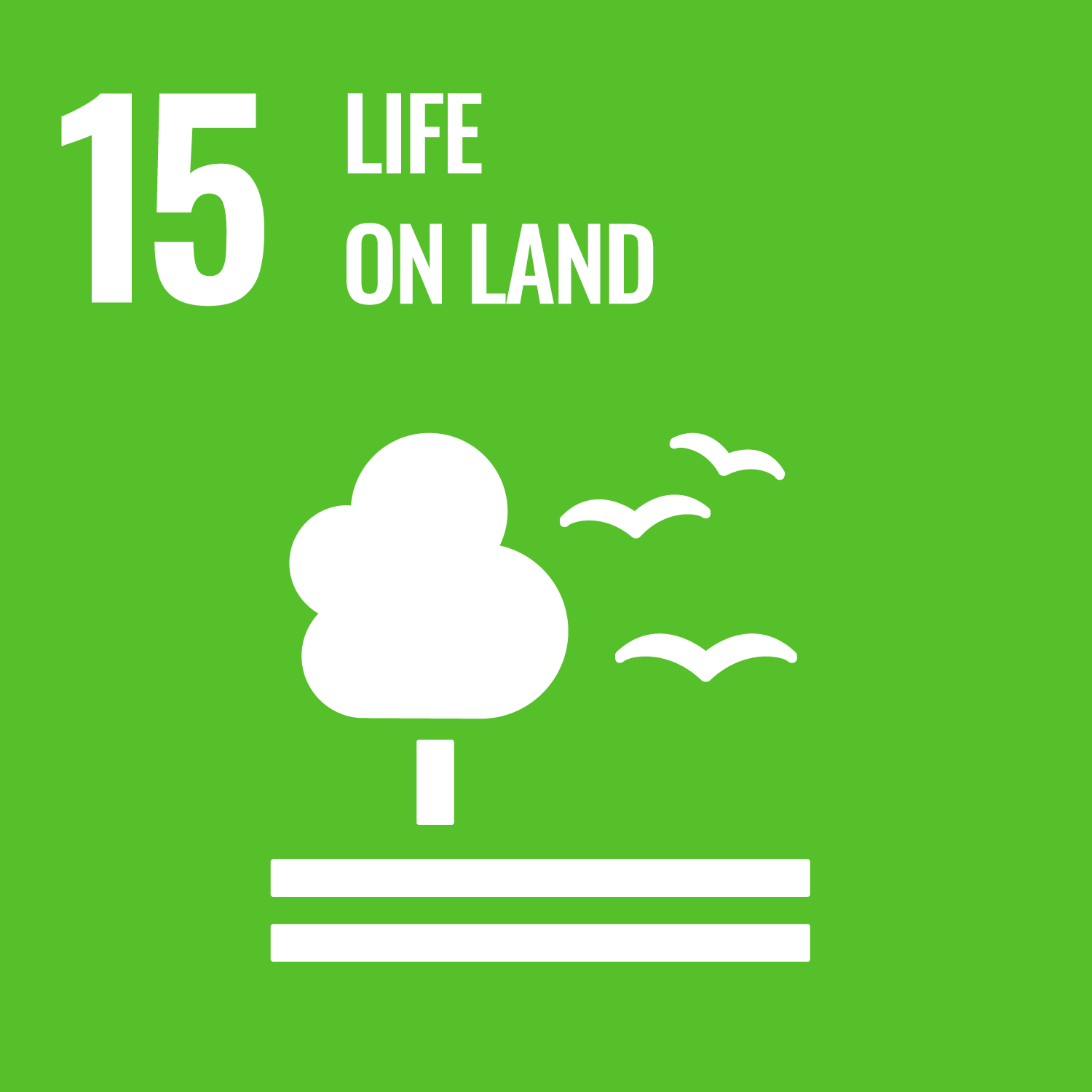SDG Detail
ENVSCI 713 : Air Quality and Atmospheric Processes
Postgraduate courseProject description
Monitoring, modelling and management will be considered with emphasis on air quality standards and guidelines and applications of science and technology to indoor and outdoor air pollution prevention, mitigation and remediation. Case studies and practical work will link the theoretical and practical aspects of air quality science.
Project aims
This course aims to: highlight the major natural and anthropogenic factors which influence air quality from local to global scales consider the adverse consequences of air pollutants on health and the environment provide an awareness of the ways in which air pollution can be measured, and how these ways may be integrated to give representative and reliable information explore the physical basis for describing and modelling the movements of air pollutants through the environment identify the ways that microenvironment can influence a person�s total exposure to air pollution
Project outcome
By the end of this course, students will be able to: Identify the key air pollutants, their principle sources and effects on people, plants and buildings (Capability 1) Describe and explain the importance of temporal and spatial scales when assessing air pollution issues and determining pollutant abatement strategies (Capability 1, 3 and 6) Identify and critically evaluate the concepts underpinning atmospheric emission inventories and their use in air quality management (Capability 2) Describe and compare technologies available for monitoring air pollutants and the principles by which they operate (Capability 1) Describe and explain the processes determining the movement of atmospheric pollutants through the environment (Capability 1, 4 and 5) Understand and critically evaluate the processes involved in modelling air quality (Capability 1, 2 and 3
Related SDGs
The corresponding sustainable development goals correlated with this project. You you click the icon to link to SDG category description page.









